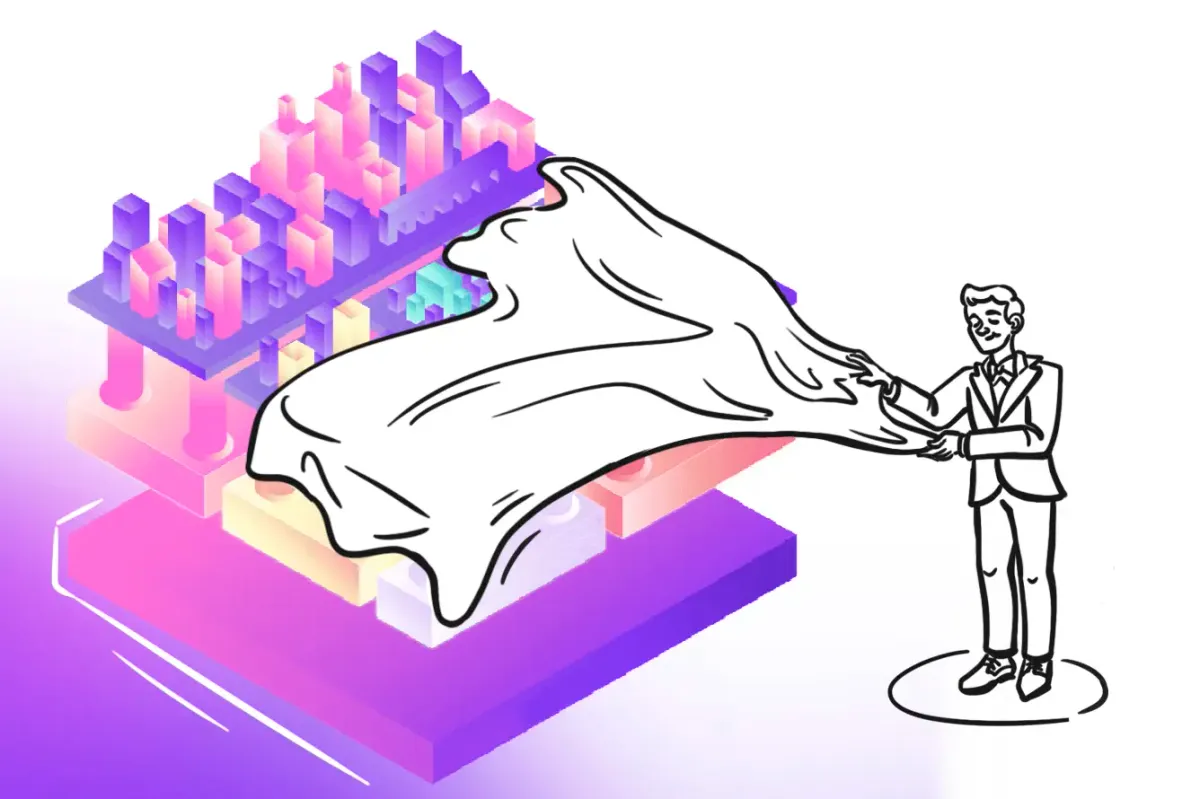
Celestia's mainnet launch has been among the most anticipated events of the year. As the first modular blockchain of its kind, it has already captured significant attention from the crypto community.
For blockchains like Ethereum or Solana that have a monolithic structure, one system handles all four primary network functions: transaction execution, settlement, consensus, and data availability. This means that all the nodes in the network have to make the same computations and store all transactions, even though they operate independently.
Such an approach is not particularly scalable, because you can only fit a certain number of transactions into a block, and the only way to scale is to increase the block size. Unfortunately, increased block size comes at the cost of decreased decentralization. As transaction volume grows and block size expands, operating the node becomes increasingly resource-intensive.
In simpler terms, if the cost of running your node jumps from $100 to $800, this would understandably decrease the number of nodes in the network. Fewer people would be in a position to afford to maintain a node, jeopardizing the network's decentralization.
The concept behind modular blockchain architecture is that these four functions don't have to be managed by a single system. Instead, they can function interdependently. This helps to significantly improve scalability without compromising on decentralization.
Another significant innovation Celestia introduces is its data availability layer, which offers a scalable solution to the data availability problem. Essentially, the problem lies in ensuring that when a new block is produced, all the nodes know about it.
The most direct way to address this data availability problem is to have everyone download all the data. While this method is not very efficient, it is the approach taken by many blockchains, including Bitcoin and Ethereum.
Celestia employs Data Availability Sampling, allowing 'light' nodes to confirm data availability without downloading the full block. This significantly impacts the costs of running rollups on top of this blockchain. For instance, Ethereum rollups currently write approximately 15,000 MB of data to Ethereum each month, costing $700 per MB. In contrast, Celestia provides the same storage at a rate of $10-25 per MB.
Does this then mean that Ethereum rollups will transition to Celestia? Probably not in the foreseeable future, given Ethereum's standing as the most secure chain. However, people are certainly looking at Celestia with great interest. In fact, Arbitrum has already formed a partnership with Celestia and offers it as one of the settlement layers for users of Arbitrum Orbit Chains.
From the token's perspective, after the mainnet launch, TIA (Celestia’s governance token) was listed on several popular exchanges, including Binance. The team also airdropped tokens to about 580,000 early network users, although the average airdrop size was below $200.

